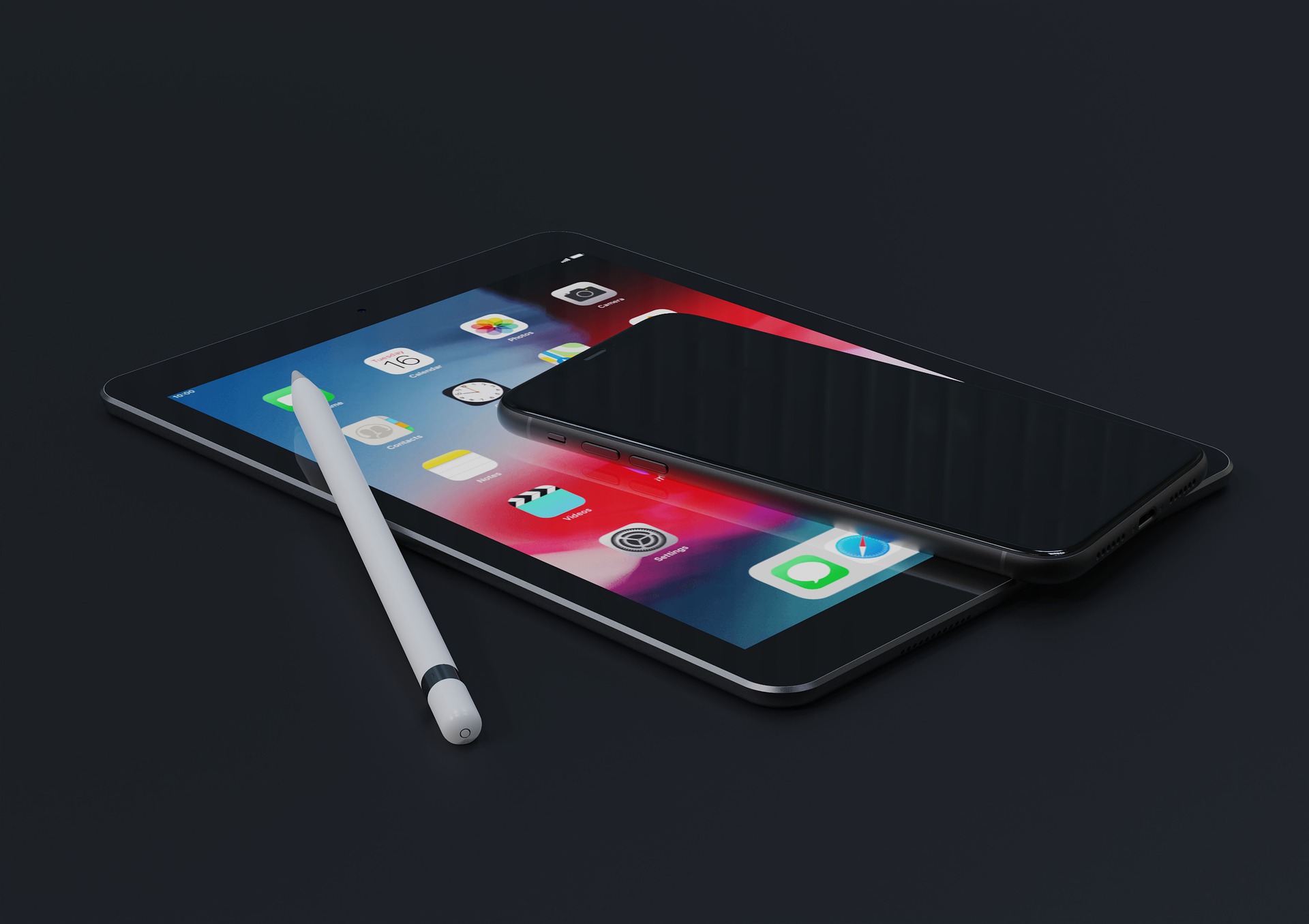「Main.storyboard じゃない画面を使って、アプリの勉強を進めたい」と思ったら、次を試してみてください。
XcodeでiOSアプリのテンプレートから、新しいプロジェクトを作成。
ここから実際に動かしてみると、真っ白の画面が表示されます。
この真っ白な画面を簡単に、自作のViewControllerを表示させてみます。
実現したいもの

プロジェクトからMain.storyboardファイルを消す
最初に不要なファイルを削除します。テンプレートから実際に動かした時の真っ白な画面は、この Main.Storyboardが表示されています。Deleteで消してしまいましょう。

Info.plist ファイルから不要なものを消す
次にInfo.plistファイルから余計なプロパティを削除します。このファイルでは、アプリに関する基本的な設定情報(プロパティ)を管理しています。削除した Main.Storyboard を最初の画面にする設定があるので、削除してしまいます。
Main storyboard file base nameを-で削除する

- Application Session Role の中にある
Storyboard Nameを-で削除する

ViewControllerを置き換える
削除した Main.storyboardの代わりになるViewControllerを作成します。
(名前をViewControllerからFirstViewControllerへ変えています。)
今回は次の仕様をもつ画面を表示させたいと思います。
【仕様】
①背景色 : 青
②タイトル : 白 (Navigationバーで白のタイトルを表示 / 今後他のViewControllerへ遷移させることを想定)
③メイン : 中央に「1」を表示【置き換え前】
import UIKit
class ViewController: UIViewController {
override func viewDidLoad() {
super.viewDidLoad()
// Do any additional setup after loading the view.
}
}【置き換え後】
class FirstViewController: UIViewController {
override func viewDidLoad() {
super.viewDidLoad()
// ①: 青色で背景を設定
view.backgroundColor = .blue
// ②: 白色でタイトルを表示
title = "First View"
navigationController?.navigationBar.titleTextAttributes = [
NSAttributedString.Key.foregroundColor: UIColor.white
]
// ③: 中央に「1」を表示
let label = UILabel()
label.text = "1"
label.textColor = .white
label.font = UIFont.boldSystemFont(ofSize: 100)
label.translatesAutoresizingMaskIntoConstraints = false
view.addSubview(label)
NSLayoutConstraint.activate([
label.centerXAnchor.constraint(equalTo: view.centerXAnchor),
label.centerYAnchor.constraint(equalTo: view.centerYAnchor)
])
}
}AppDelegate / SceneDelegate を書き換える
- AppDelegateの書き換え
アプリ起動した時の最初の設定を行うfunc application(_:didFinishLaunchingWithOptions:) を書き換えます。
ここでは、初期のUIViewControllerの構築も行います。
今後他のViewControllerへ遷移させることを想定し、NavigationControllerを使ってrootViewControllerを更新します。
【書き換え前】
func application(_ application: UIApplication, didFinishLaunchingWithOptions launchOptions: [UIApplication.LaunchOptionsKey: Any]?) -> Bool {
// Override point for customization after application launch.
return true
}【書き換え後】
func application(_ application: UIApplication, didFinishLaunchingWithOptions launchOptions: [UIApplication.LaunchOptionsKey: Any]?) -> Bool {
// 今後を考えてUINavigationControllerを設定
let navigationController = UINavigationController(rootViewController: FirstViewController())
let window = UIWindow(frame: UIScreen.main.bounds)
window.rootViewController = navigationController
// アプリのエントリーポイント(主画面)を指定
window.makeKeyAndVisible()
return true
}- SceneDelegateの書き換え
iOS 13 以降のマルチウィンドウサポート向けた設定を、AppDelegate 同様に対応します。
【置き換え前】
func scene(_ scene: UIScene, willConnectTo session: UISceneSession, options connectionOptions: UIScene.ConnectionOptions) {
// Use this method to optionally configure and attach the UIWindow `window` to the provided UIWindowScene `scene`.
// If using a storyboard, the `window` property will automatically be initialized and attached to the scene.
// This delegate does not imply the connecting scene or session are new (see `application:configurationForConnectingSceneSession` instead).
guard let _ = (scene as? UIWindowScene) else { return }
}【置き換え後】
func scene(_ scene: UIScene, willConnectTo session: UISceneSession, options connectionOptions: UIScene.ConnectionOptions) {
guard let windowScene = (scene as? UIWindowScene) else { return }
let navigationController = UINavigationController(rootViewController: FirstViewController())
window = UIWindow(windowScene: windowScene)
window?.rootViewController = navigationController
window?.makeKeyAndVisible()
}実際の表示
アプリを実行してみると、何もしていなかった時の真っ白の状態から、青い背景の画面が表示されるようになります。
| Befor | After |
|---|---|
 |  |



コメント